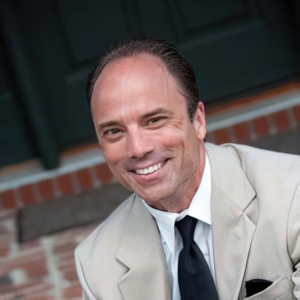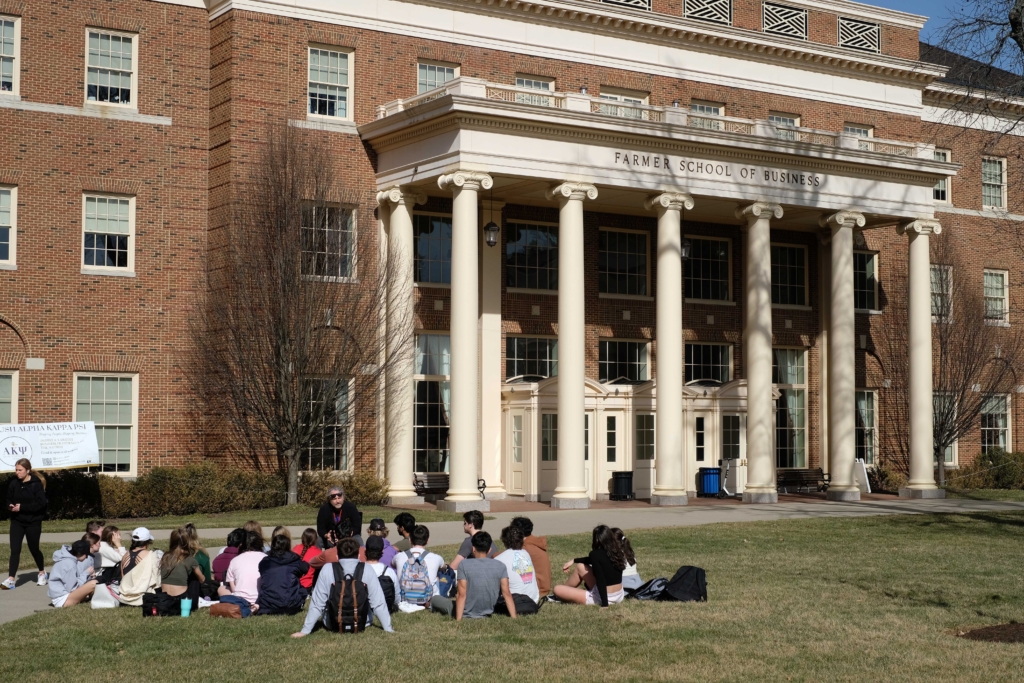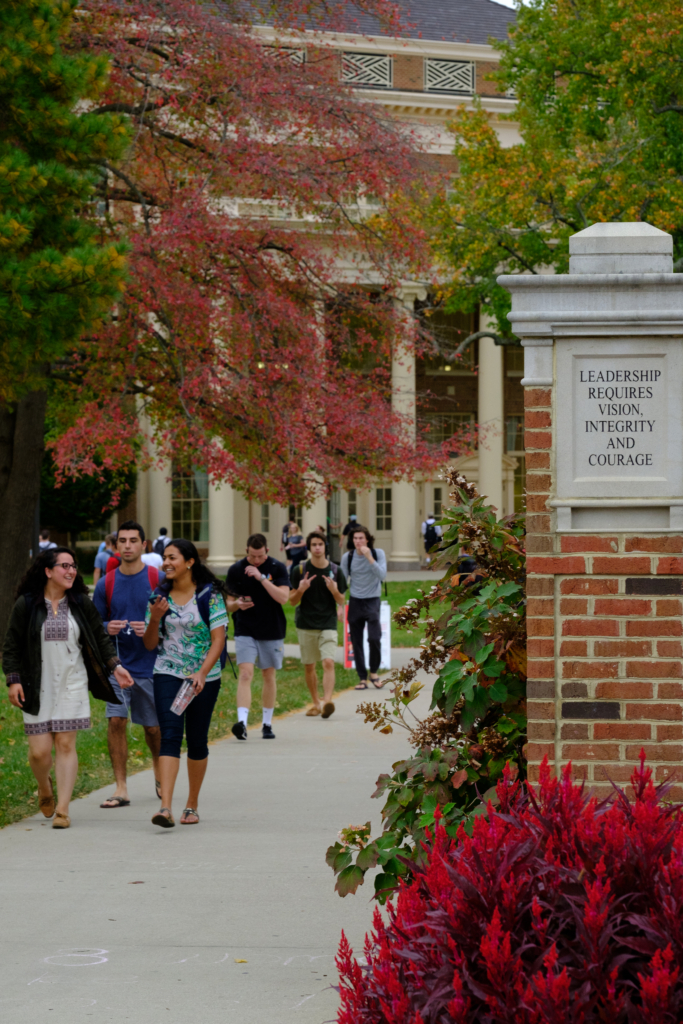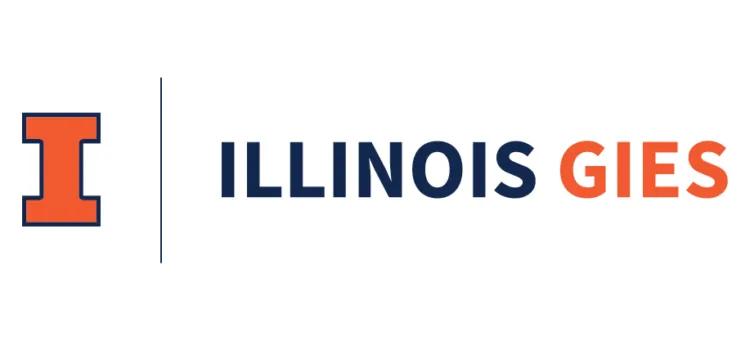
Miami University is the worldwide steward of Creativity and Innovation Day/Week, an annual event that in 2023 was celebrated in more than 160 countries. Courtesy photo
In 2015, a small faculty team at Miami University’s Farmer School of Business embarked to reimagine how they taught entrepreneurship. Instead of textbooks and memorizing frameworks, they built a program based on creative thinking, problem solving, and experiential learning on steroids.
“I know everyone talks about experiential learning; We’ve taken it one step further. To just kind of poke the beast, I like to say ‘We don’t spend a lot of time teaching students about things, we teach them to do things,’” says Tim Holcomb, a professor of entrepreneurship at Farmer since 2014. He just passed the 5-year mark as director of Farmer’s John W. Altman Institute for Entrepreneurship.
The entrepreneurship program at Miami University, based in Oxford, Ohio, is different from a lot of other programs of similar size, Holcomb says. For one, it is a co-major and a minor – there is no entrepreneurship major at the school. That means it attracts students from every other school at Miami University.
For two, it’s an undergraduate program first and foremost. While Farmer offers a master’s in Entrepreneurship and Emerging Technology, the department zeros in on the undergrad population.
“I tell my alumni that we don’t have the benefit of getting a 30-year-old with seven years of experience. We’ve got an 18-year-old who has gone through the K-12 system and learned to converge on one right answer,” Holcomb says. “We’ve got to break that habit, help them learn how to paint outside the lines again.”
DEMAND FOR ENTREPRENEURSHIP COURSE UP 343%

Tim Holcomb
For undergrads, Farmer is an entrepreneurial powerhouse. Princeton Review and Entrepreneur Magazine ranked it No. 9 in the world among undergrad programs in 2023, the 15th year in a row it has placed in the top 10. In 2020, it won the NASDAQ Center of Entrepreneurial Excellence award, one of the highest honors a university entrepreneurship center can receive.
The program is also highly popular among students. Today, the program enrolls more than 530 co-majors and minors. Some 4,504 Miami students took at least one entrepreneurship course last year – roughly 27% of the university’s undergraduate population – while another 1,057 students participated in one or more entrepreneurial co-curricular programs. Since 2016, demand for entrepreneurship courses has increased 343%.
Poets&Quants sat down with Holcomb to talk about evolution and growth of Farmer’s unique entrepreneurial ecosystem.
Let’s start with an overview of the entrepreneurial ecosystem at Farmer School of Business.
This has been a team effort 30 years in the making. The first entrepreneurship course was taught at Miami University in 1992 by the namesake for what is now the John W. Altman Institute for Entrepreneurship. But it wasn’t until the early 2000s that the university established a major and a minor in entrepreneurship.
When I joined Farmer in 2014, we had a relatively small faculty of about six faculty members.
One of our faculty, Jim Friedman, was talking a lot about George Land’s famous creativity study from the late 1960s. The study is one of many now that looks at how the levels of creativity have dropped as children age. Land, who did a lot of work as a systems engineer for NASA, took the same creativity test he administered for NASA and administered it to 1,600 5-year-olds. He found that 98% of those children rated having exceptional creativity. He then tracked those same 1,600 to their adulthood and less than 2% rated as exceptional. So he asked the question, is creativity something you learn? Or is non-creative behavior something that we instill? What we’ve learned is it’s the latter.
So, when our faculty got together in the summer of 2015, we essentially hit the reset button. Teaching the traditional passive pedagogy doesn’t work. It doesn’t work certainly for entrepreneurial thinking because entrepreneurship really is more skill than it is a discipline, unlike maybe finance, accounting or engineering that have certain rules that you need to learn and appreciate. Entrepreneurship is about opening things up, thinking creatively, drawing outside the lines.
So our program today got its genesis in 2015 when we made the decision to redesign our program.

Farmer School of Business in Miami University in Oxford, Ohio. Courtesy photo
What does the program look like now?
We designed the program around three fundamental principles: The first principle was to create an interdisciplinary learning platform. We are housed in the Farmer School of Business, but we have a co-major, not a major. That distinction allows us to recruit and attract students from all five divisions across campus – engineering, arts and sciences, creative arts, education, and health sciences. Those students can co-major or minor in entrepreneurship and not be required to take the typical business school core classes required as a member of the business school.
It’s a 31-hour commitment for a co-major as opposed to a 60-hour commitment.
I want to point out that for the third consecutive year, we had at least one student from every undergraduate major across campus. So, short of perhaps Babson, I’m not aware of any other program that can attest to having students from every undergraduate major involved in their program.
And the second principle?
The second guiding principle that has really become the core element for the design of our curriculum is practice based, immersive learning. I know everyone talks about experiential learning; We’ve taken it one step further. To just kind of poke the beast, I like to say “We don’t spend a lot of time teaching students about things, we teach them to do things.”
Our faculty really bought into this belief in the transformative power of learning by doing. You hear a lot about the flipped classroom, and we kind of started with the outside. How do we want the end product to perform? What do we want them to be able to do? And we reverse engineered that back into curricular and co-curricular programming that insurance students were applying their skills and disciplines.
Then the third guiding principle was to create, as we call it, ecosystem integration. Every school has professionals come into the classroom, so there’s nothing new there. But we’ve created a nuance where we have collaborations or partnerships with organizations like Techstars, CincyTech, and Ohio Innovation Fund and others. Those partnerships provide us a two way street: We’re bringing professionals in the classroom, but we’re also pushing students out into the ecosystem, either in the form of internships and CoOps, or working collaboratively with mentors and coaches who are themselves founders and investors in the startup ecosystem.
How has the redesigned program fared? What kinds of outcomes are you seeing from graduates?
With those three principles, we didn’t know, to be quite honest, if it would work. We were moving from PowerPoint slides and textbooks to interdisciplinary, team-oriented, “do” activities iterated in the classroom.
I’m excited to say we now know it’s working. We’ve seen the first three classes that came through all four years of the redesigned program, and they’ve led the way in placement and starting salaries for the Farmer School of Business, which is ranked as one of the top 10 for return on investment as well as starting salary.
Keep in mind that 60% of our co-majors and minors have a primary major outside the Farmer School. I teach one of our two senior capstone courses, which is an ideated startup accelerator, and out of 25 to 30 students in each class, they’ll represent 18, 19 and 20 majors across campus. As you well know, the level of innovative thinking and creativity goes up to the extent you have diversity of education and experience, and we see that now in the classroom.
In addition to this curricular move, the second thing that we did is create a set 12 co-curricular programs that we’ve intentionally integrated into the overall curricular degree. For example, most schools have pitch competitions. We have the Red Hawk Pitch Competition, a $100,000 competition twice a year, where we have connected our senior capstone startup course and our 14-day launch accelerator which we run in the spring. The final step in the accelerator is the Red Hawk venture pitch competition. We average between 100 and 150 judges which are typically a mix of angel investors, venture growth and private equity investors, founders of high growth companies, and other ecosystem professionals.

Farmer School of Business students are taught and encouraged to think out of the box and collaborate. Courtesy photo
It’s an active learning model. You know, how do you learn this lean startup methodology? Do you read a book and get tested on the four steps? Or, do you apply that to understand the nuances of how that lean startup methodology applies to actually start a company? We’re averaging now about 40 student-led startups.
We partnered with Techstars and run Startup Weekend every fall. We created our own program generated from the traditional Startup Weekend model which we call Social Innovation Weekend. So as opposed to students getting together as founders of a company that solves a particular problem, students address a societal challenge. This past year, students focused on climate change and its effect on the world. The year before that it was mental health and resilience, and three years ago, it was food insecurity. It’s a great chance for the students to learn problem solving. It’s also a chance for them to expand and build their network.
We’re also home to something called World Creativity and Innovation week, which is the largest university-led celebration of creativity and innovation in the world. Last year, we had several thousand entrepreneurs and about 800 events in 167 countries. About 60 of our students work with faculty to coordinate events across the world, culminating on August 21, Earth Day.
How does Farmer entrepreneurship teach creativity?
We have a freshman level course called Creativity, Innovation and Entrepreneurial thinking, which is all about the shift from convergent to divergent thinking. We’ve got design thinking models and things of that nature, but it’s all about “there is no one right answer.” We’re going to teach you to paint outside the lines. We move them from that stage into business models, where they’re immediately focused on problem solving.
At the end of the day, we teach students two things over their four years: One, we teach them to solve problems. That could be through a startup, a new product, or it could be an innovative way to apply a new process or methodologies.
Two, we teach them how to get comfortable with being uncomfortable. It’s that feeling you get in your stomach when you don’t know if something is going to work, and providing students with the confidence and the understanding that it’s Okay. You don’t need the 100% right answer to act. Creativity itself is both thinking and action.
What are some student-led startups that Farmer is particularly proud of?

Farmer School of Business in Miami University in Oxford, Ohio. Courtesy photo
Just in the last five years, we have about 20 student-led startups that started as side hustles and have raised over $100 million. Those include Mad Rabbit, a tattoo skin salve originally backed by Mark Cuban.
It also includes Oros which is one of the fastest growing material technology companies in the world. They took a NASA technology called aerogel, infused it into foam, and then ultimately infused it into thread to create an insulated technology. They just announced their series D funding round led by Airbus which is interested in the insulated technology.
We have Pieces for Developers which is a deep tech platform. They’re working very closely with Google and Microsoft and some of the other big players. These are kids – I like to call them kids, but they’re in mid-20s – who had the opportunity to fail. They had the opportunity to perform for someone to catch them and pick them up. Explain to them what they did, how not to do it again. We’re not we’re not big proponents of the word “failure,” but we are big proponents of applying the scientific method to this entrepreneurial set of processes: Document the hypotheses, test that hypothesis, prove it works or pivot.
I understand that demand for entrepreneurial courses at Farmer has increased 343% since 2016. To what do you attribute this rise in interest?
It’s a combination of things. I think Gen Z students are really exploring, looking for things that they want to do and that they’re interested in. I think entrepreneurship still has this romantic view to it.
I also think what we’ve tried to do is, as opposed to talk about the classes, we talk about the graduates. Michael Markesbery, cofounder of Oros, was in zoology and animal biology, co-majored in entrepreneurship, came across this aerogel technology, got into a lab, and was the first person to ever figure out how to take this unstable technology and infuse it into something and create an alternative insulative technology. So they can see through the eyes of a former student, who sat in their same seat, and it makes the impossible at least seem possible.
I think the third thing that resonates, particularly with parents, is the fact that we’re a co-major. We want you to go major in something else. Major in mechanical engineering. Go major in digital innovation, in education, in philosophy, or economics. Come to entrepreneurship, and learn how to work in interdisciplinary teams, learn how to apply those skills in a structured process, but through an active methodology. And, walk away after four years with four to five meaningful shots on goal.
Our growth has been remarkable. We’ve increased student credit hours north of 350%. We’ve increased FTEs, or what we call butts and seats, just a shade below 300, and those students are taking more classes in entrepreneurship. The engagement in our co-curriculum activities has exploded.
What’s next for the program?
Miami University is in the midst of a billion dollar fundraising campaign. We have a goal to raise $50 to $100 million either in the form of endowment or expendable dollars. The plan would be to create a platform – whether it manifests itself as a school of entrepreneurship or not is almost a secondary play. Our constraint has not been interest or demand, our constraint has been capacity. Our focus right now is raising the necessary funding so that we can secure the capacity to meet the demand that we have for our programs.
Any curriculum changes or updates that you see coming?
We had an ad hoc curriculum committee that worked through our curriculum last year with the idea being, “we know it’s working, but …”
We haven’t made any major changes, mostly tweaks. For example, generative AI, and looking at how to integrate this new technology that our students are probably far more proficient than the older generation. We’re constantly looking at things like no code platforms. They’re more tactical things that build on our learning model which is predicated on those three principles that we talked about.
Anything else you’d like to add.
I’d also note that while we all are really, really good in the classroom, our research faculty are really, really good at research and publications. We have a very small tenured, tenured-track faculty; We just hired our sixth faculty member, and we slipped into the top 25 in research productivity globally.
We do that at the same time, while being really proud of the fact that our faculty are outstanding in the classroom. At last count, our faculty have won over 20 college and university level teaching awards over the course of their tenure.
DON’T MISS: AT IE BUSINESS SCHOOL, SUSTAINABILITY IS ‘THE NEW WORLD OF BUSINESS’ AND A B-SCHOOL WITH A SUSTAINABILITY MINDSET: THE P&Q INTERVIEW CORNELL DEANS GAUR & KAROLYI










